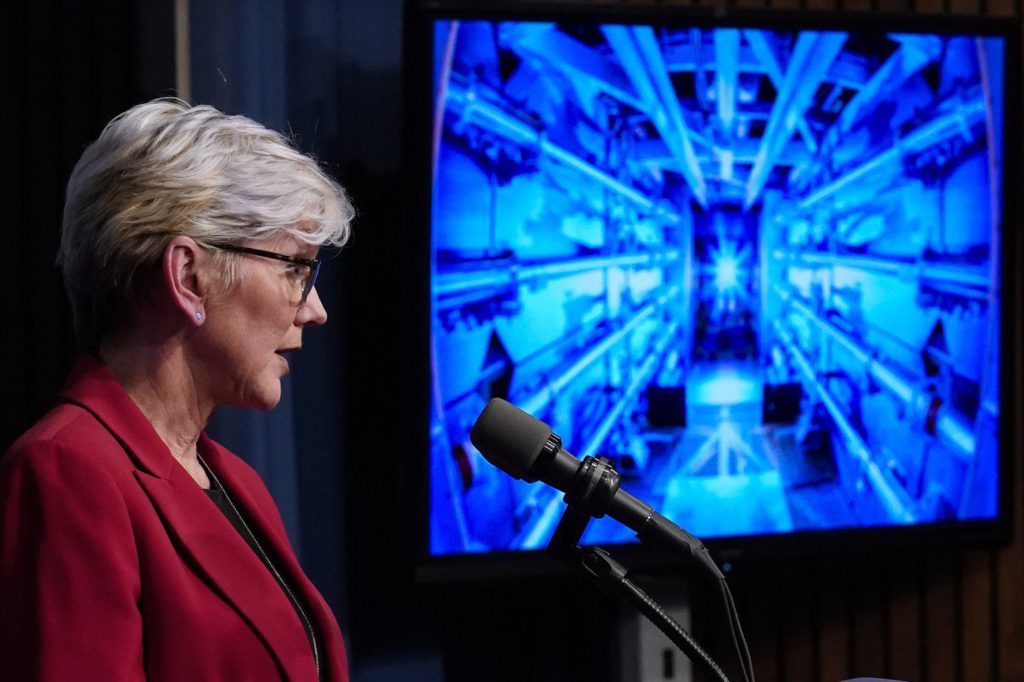
The fusion ignition breakthrough that has experts hailing a new dawn in the search for clean energy took a lot of help from around the world — including Canada.
Researchers at the University of Alberta have been working for years on theoretical models to interpret the results of laser-plasma interaction experiments.
That’s what scientists in California used to produce a fusion reaction that generated more energy than it took to trigger, a first step toward corralling the process that energizes the sun and other stars.
Wojciech Rozmus, an expert in theoretical plasma physics at U of A, says his team produced some of the modelling that guided the process.
Rozmus, 71, has twice been a visiting professor at the Lawrence Livermore National Laboratory in California where the breakthrough was made — once in 1997-98 and again in 2011-12.
In announcing the breakthrough Tuesday, U.S. Energy Secretary Jennifer Granholm described it as one of the most impressive scientific feats of the 21st century.




